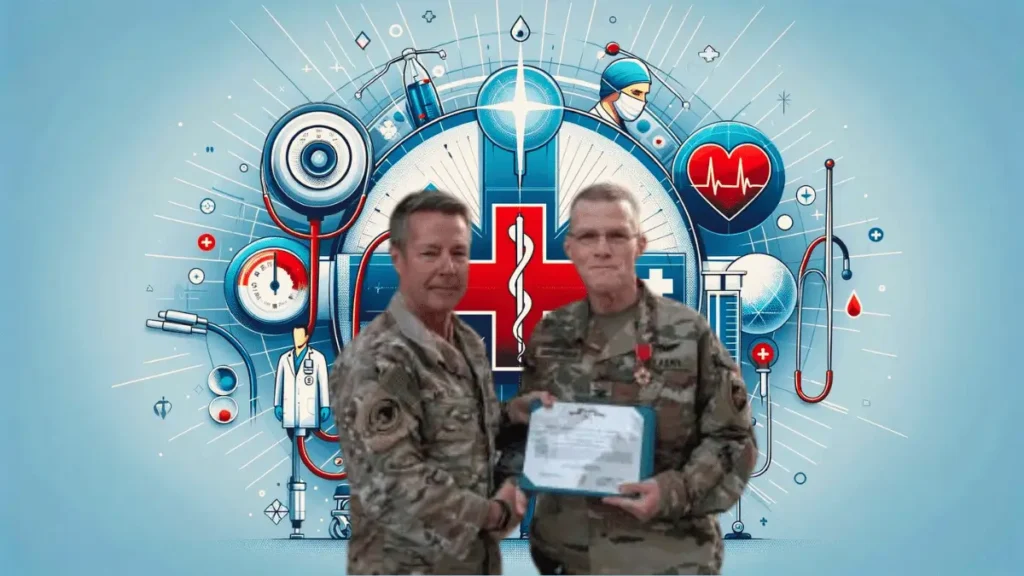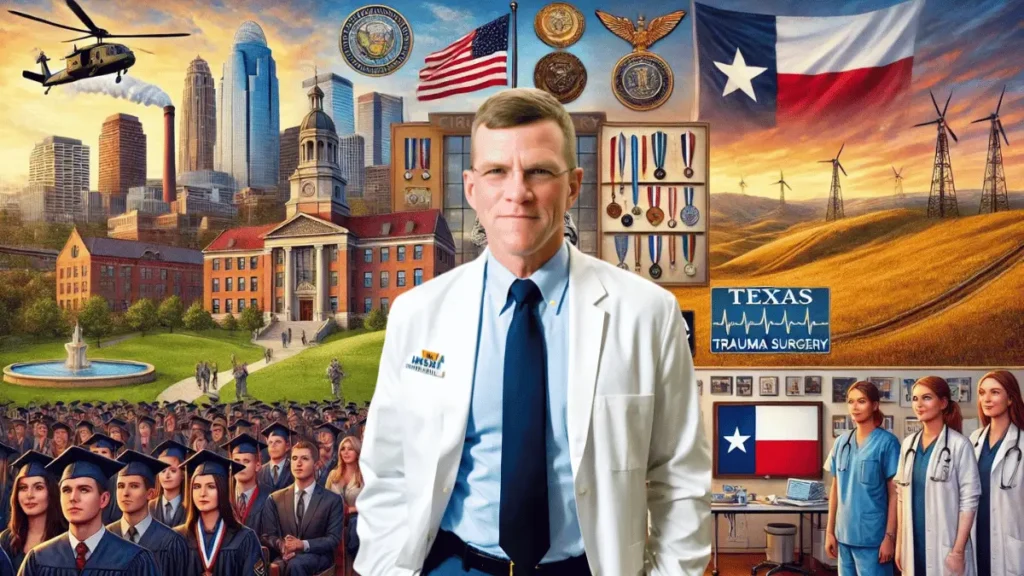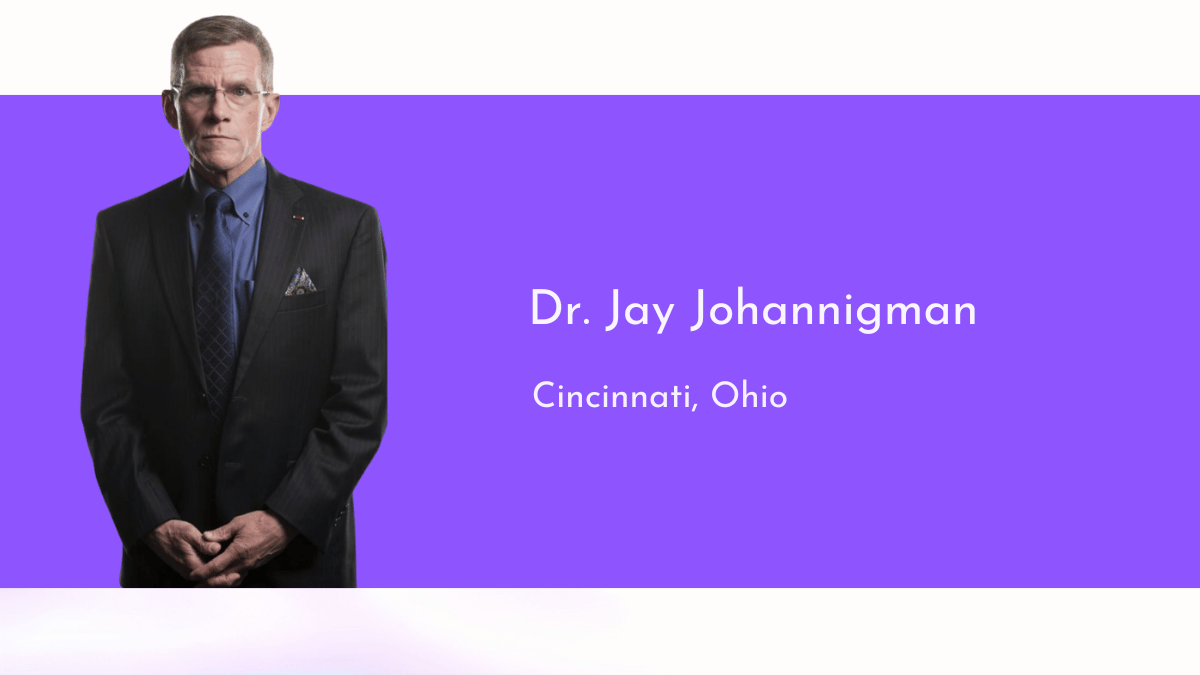On a cool spring morning in 2025, Dr. Jay Johannigman walked through the doors of a Cincinnati hospital with the same sense of purpose he had more than four decades ago. The hallways were different now. New faces moved with the urgency he knew so well. But the mission that brought him home was the same one that had driven him his entire career to save lives and prepare for the worst before it happens.
Johannigman is no ordinary surgeon. His career has spanned 40 years, taking him from the operating rooms of major trauma centers to the front lines of combat medicine. He has trained generations of physicians and helped rewrite how cities respond to emergencies. Cincinnati is where it all began, and now, it is where he intends to finish the work.

In Colorado, he ran a Level I trauma program at St. Anthony Hospital in Lakewood, where speed, precision, and preparation meant the difference between life and death. Before that, in San Antonio, Texas, he held senior positions at Wilford Hall USAF Medical Center and Brooke Army Medical Center. Those years built his reputation as a leader who could merge hands-on expertise with long-term strategy.
His other uniform tells another story. For more than 40 years, Johannigman served in the U.S. Army Reserve. Eight deployments took him into combat zones where medical teams worked in the most extreme conditions. He flew as a Critical Care Air Transport surgeon, commanded hospital units, and became known for bringing calm to chaos. One of his proudest contributions was helping create Cincinnati’s C-STARS program, which trains military medical teams in advanced casualty care before they deploy overseas.
Even in retirement from the military, that influence is visible. In Denver, he pushed for whole blood to be available in remote mountain towns so trauma patients wouldn’t die waiting for transport. It wasn’t a flashy idea, but it changed outcomes for countless people. Back in Cincinnati, he has worked with emergency services to bring battlefield tools into civilian use, with help from partners like Western & Southern Financial Group.
Ask him about awards and you’ll get a quick nod. The Legion of Merit, the Bronze Star, the Healthcare Heroes Award he’s proud of, but he doesn’t linger. He is more interested in talking about how teams function under pressure. “The best trauma care isn’t just skill,” he often says. “It’s preparation. It’s people who trust each other when everything is falling apart.”
His teaching career has been just as impactful. As a professor at the F. Edward Hebert School of Medicine, he mentored both military and civilian physicians. At the University of Cincinnati Medical Center, he led the Institute of Military Medicine. He shaped trauma policy through his work with the American College of Surgeons. He also served as Chief Medical Officer at Knight Aerospace, designing advanced aeromedical transport systems that could carry intensive care units through the air.
Johannigman’s academic path began with a biology degree from Kenyon College and a medical degree from Case Western Reserve University. He stayed in Cincinnati for his surgery residency and critical care fellowship before adding aerospace medicine training at Brooks Air Force Base and completing the Air War College. His résumé is long, but in conversation, it is the moments in the operating room and in the field that stand out.
Now, back in his hometown, he is focused on the city’s ability to respond to large-scale emergencies. A 2023 American Hospital Association report warned that many hospitals were not ready for major disasters. Johannigman took that personally. In his view, preparedness cannot be left to chance or to individual facilities. It has to be coordinated, city-wide, and constantly practiced.
Some might argue Cincinnati’s trauma system already operates at a high level. Johannigman agrees but he sees room to push further. He believes civilian medicine can borrow more from the battlefield, where improvisation and speed are second nature. He also thinks readiness is not just the job of doctors and paramedics. “If hospitals, EMS, and the community aren’t working together before the crisis, you’ve already lost time and you can’t get back,” he says.

Colleagues describe a leader who expects excellence but is the first to help. They recall the way he can lock in on a patient’s need while still directing a room full of people. He is direct, and his standards are high, but the loyalty he inspires is just as strong.
He has co-authored nearly 100 studies, appeared in national media, and been recognized by the Cincinnati Reds as a Hometown Hero. Yet his focus now is not on recognition but on creating systems that will keep working long after he steps away. For him, the measure of success will be a Cincinnati that can handle the unthinkable without hesitation.
“Preparation isn’t fear,” Johannigman says. “It’s giving people the best chance on their worst day.” That mindset has carried him from war zones to mountain roads to the streets of his hometown. And as he walks those hospital halls again, he is thinking less about what he has already done and more about the lives still to be saved.

